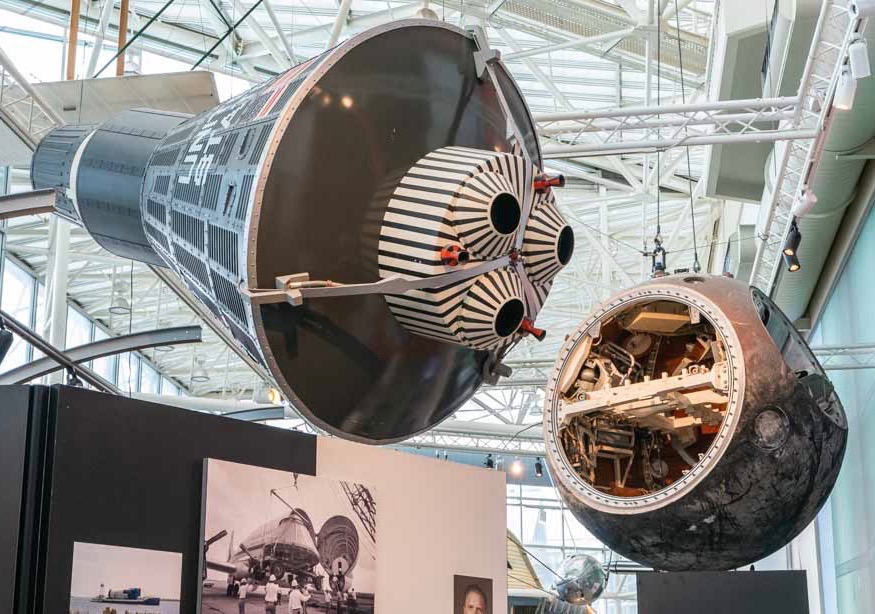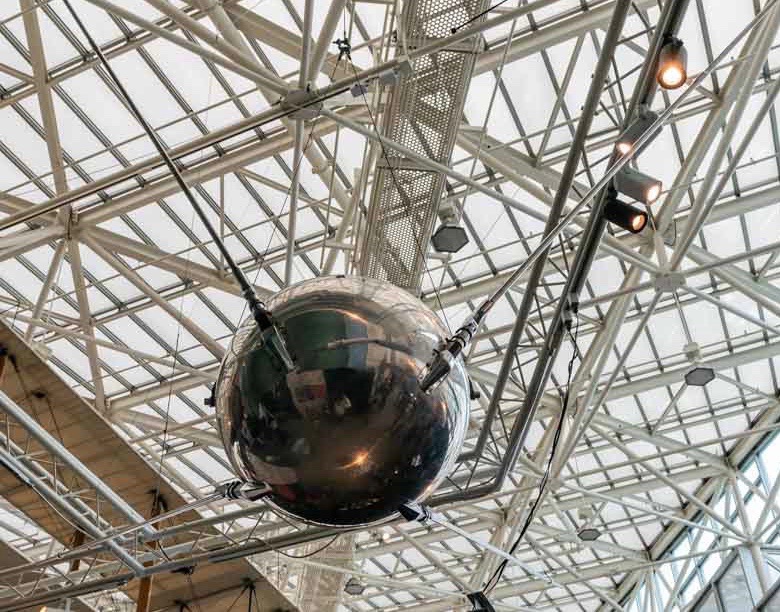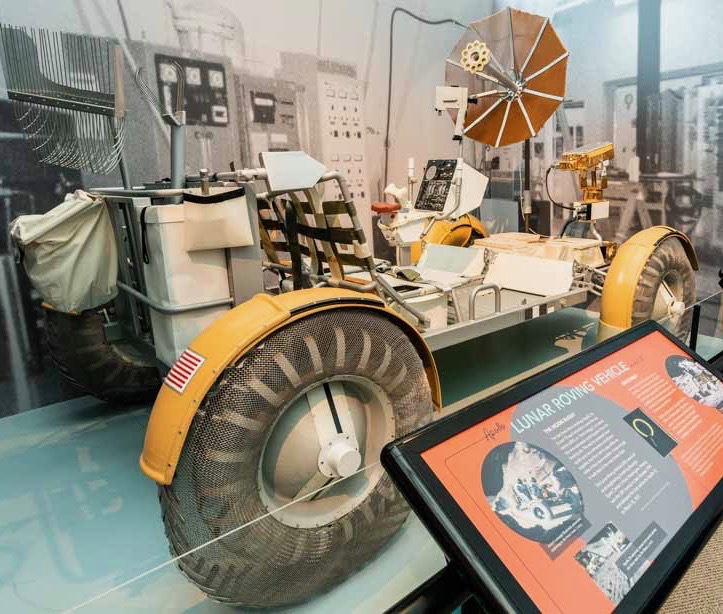“We choose to go to the moon,” President John F. Kennedy boldly proclaimed on September 12, 1962. While his goal of having a man on the moon before the end of the decade was received with great skepticism, his speech inspired a nation to dream big. New space travel technologies were quickly developed by American scientists and the country’s first adrenaline junkies, participants in NASA’s earliest astronaut program, prepared to make JFK’s pronouncement true.
It bears noting that today’s extreme sports, such as base jumping from atop mountains, are still tame compared to the challenges of space travel in the 1960’s. Many of NASA’s early astronauts were United States Air Force test pilots who were trained to fly new supersonic aircraft. These young men were expected to learn to pilot space rockets under conditions never experienced before.
NASA’s brave astronauts were strapped into rockets based on new and untested scientific and engineering theories. As the Americans were in a space race to beat the Russians to the moon, failure was not an option.

Along with stories of the men and women behind the epic moon mission, the historic NASA Apollo 11 command module Columbia is on display as part of the Destination Moon: The Apollo 11 Mission exhibition at the Museum of Flight in Seattle.
Despite its small size, another of the fascinating objects from the Destination Moon exhibition is astronaut Buzz Aldrin’s felt pen which saved the Apollo astronauts from being marooned on the moon.
As Neil Armstrong and Buzz Aldrin were preparing to launch the lunar module to rendezvous with Columbia capsule for their return to earth, they discovered a broken circuit breaker switch on the floor. They surmised that one of their space suits’ backpacks brushed up again the panel, resulting in the damaged switch.

Electronic systems aboard the spacecraft were very basic compared with today’s. Circuit breakers were simply used to power equipment on and off. Mission Control had verified that the switch was open so they could not fire the assent rocket and, for Aldrin and Armstrong, this was a problem.
Aldrin’s solution was not technical – he simply used his felt pen to move the circuit breaker switch to the on position. This is just one of the many remarkable stories from this fascinating collection of artifacts.
Seattle is the exhibition’s only West Coast appearance and the last stop of a four-city tour. Along with the pen and the command module, Destination Moon features over 20 one-of-kind pieces from the Smithsonian, many of which were included on the historic mission, as well as dozens of NASA and Russian spacecraft pieces from the Museum’s renowned collection.

The exhibition includes several extremely rare objects such as an original Russian sputnik satellite – one of only three known to be in existence and the first manmade object to travel in space. The satellite is part of the Museum of Flight’s permanent collection.
President John F. Kennedy dream of putting a man on the moon before the end of the decade was achieved on July 20, 1969. America had beaten Russia in this critical achievement and Aldrin and Armstrong had secured their places in history.
For their bravery, daring and creative thinking, a celebration of the 50thAnniversary of the Apollo moon landing would not be complete without a tip of the hat to America’s first adrenaline junkies, NASA’s early astronauts.
On your next visit to Seattle, be sure to check out Destination Moon: The Apollo 11 Mission on display at the Museum of Flight until September 2, 2019.



